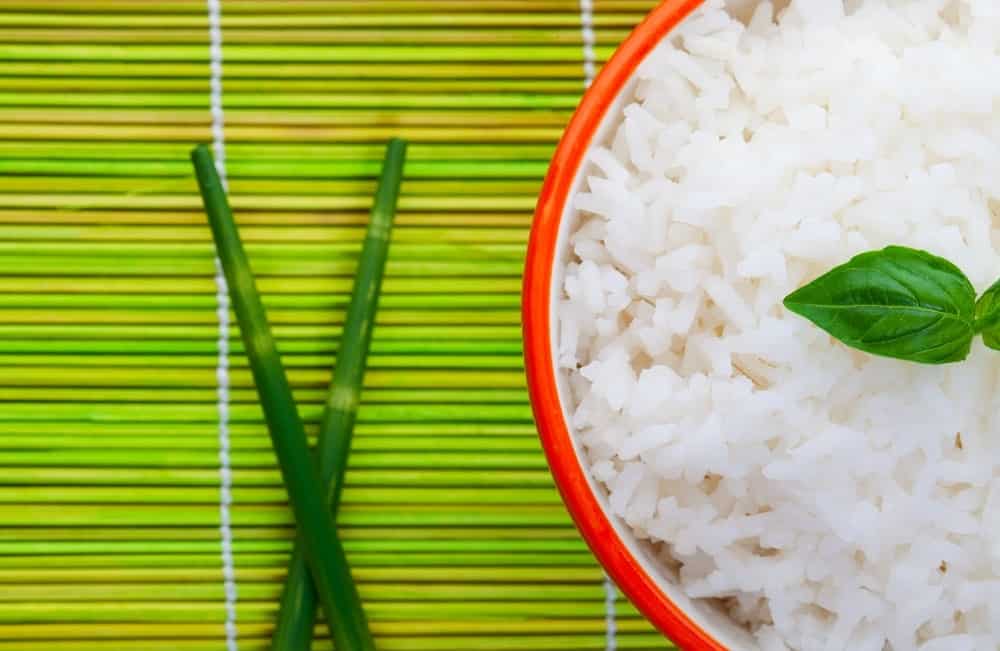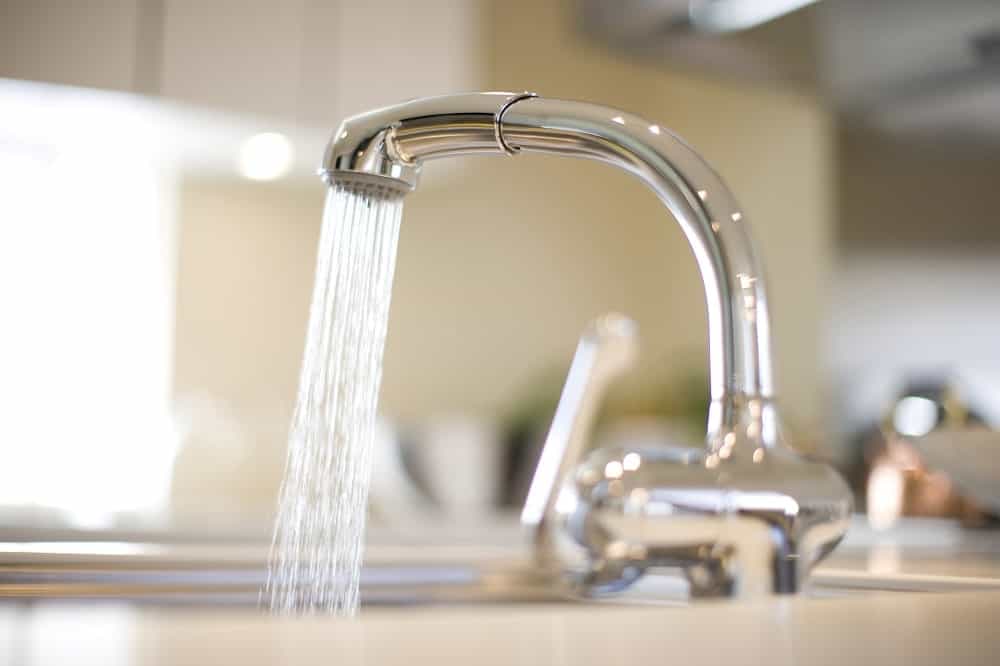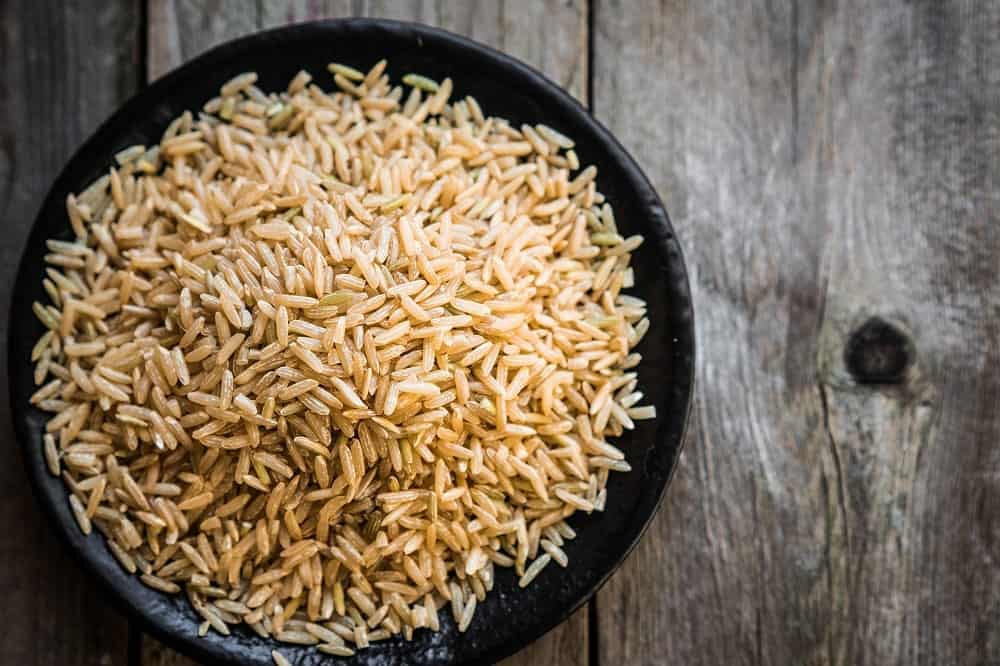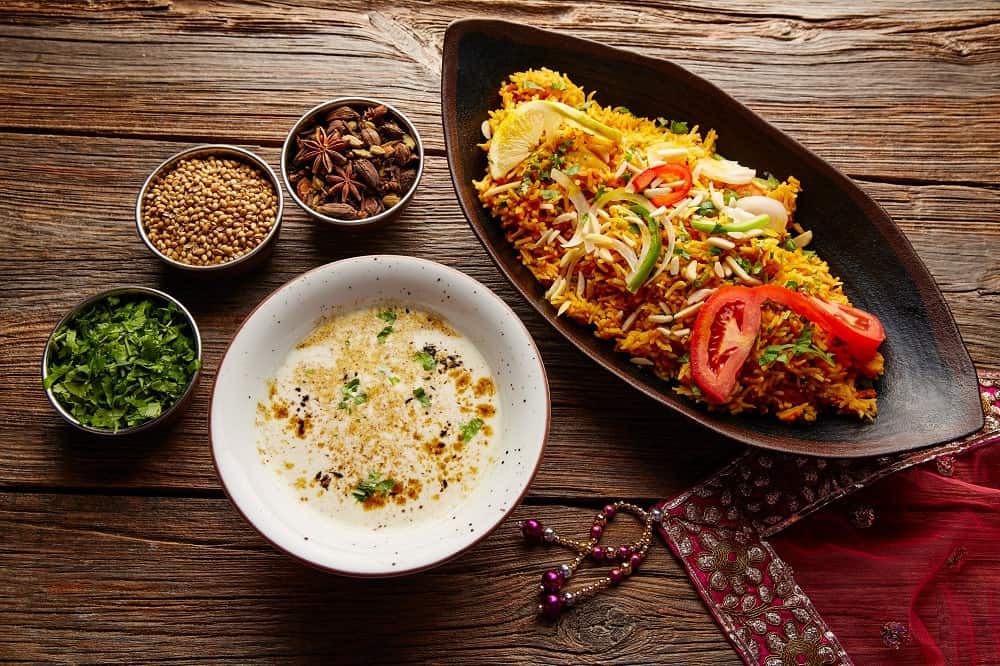Making a flawless pot of basic, fluffy white rice, with each grain distinct and not mushy, seems to be the most basic culinary job, but it continues to befuddle many experienced chefs. Though difficult, there are a few tricks to remember: use the appropriate quantity of water, cook on low heat, use a pot cover that fits tightly, and allow for a little resting time after cooking.
Keep the resting step until the end in mind since, when you remove the rice from the heat, the moisture redistributes itself, resulting in a more homogeneous texture across the whole pot of rice. Read this article to hear more regarding the fundamentals of rice cooking.
How Do You Know When Rice is Done?
After about 12 mins. of cooking time, the rice should have absorbed all of the water added to it. When this occurs, the rice will be cooked until it is al dente.
The quickest and most accurate method to determine if rice is done is by tasting it. Pour 1/8 to 1/4 cup of water inside the core of the edamame when it becomes very chewy or hard when chewing it.
Once the rice is done cooking, cover the saucepan and reduce the heat to low for 3-5 minutes to let the taste blend. After 3 minutes, check the texture and, if required, return the pan to the heat to ensure that the lid is not left off for more than a couple of seconds at a time.

If the texture of the rice is excellent, but the rice itself is overly wet, cook the rice covered at low heat for a few minutes longer than usual. In general, if the rice grains get mushy, a new batch of rice must be begun and utilized differently than the previous one.
As long as you just had one pan of rice, you would have been OK if you had simply switched on the exhaust fan to circulate the air and get rid of the smell of burnt rice, which would have been sufficient. To avoid burning while cooking soup, keep the lid on and add water into the pan below to keep the soup from boiling over.
Taste a few grains to see if they need a little more cooking. If this is the case, prepare another pan with the unburned rice and water in advance. Lastly, lay a slice of loaf on top of the rice and continue to cook until the rice is cooked through (with a lid on the pan).
Following the tasting of a few grains to ensure that the texture is correct, let the rice rest.
Steps to Perfectly Cook Rice
If your rice is ever too sticky or too firm, you’re not alone. It’s effortless to make a mistake with rice, but once you’ve mastered the method, it’s also extremely simple to get it correctly. How to make a perfect pot of rice on the stovetop every time is shown in this article.
Ingredients:
- 1 cup of rice of your choice per serving (or weigh 75g per person)
- knob of butter or ½ tbsp oil (optional)
Instructions:
1. Rinse the rice first.

I know washing is a hassle, but rinsing thoroughly is the only way to get away any built-up starch dust that may result in extra stickiness. Once the water runs clear, put the rice in a fine-mesh strainer and rinse under cold water.
2. Also, remember to keep the ratio in mind.
When making rice, it’s generally advisable to use 1 cup of rice for every 2 cups of water. Check the rice package before you buy it to be sure that it hasn’t been opened. If you want an extra taste, go ahead and use chicken or vegetable broth instead.
3. Then, add rice and salt, and bring the water to a boil.
While you’re at it, try adding a tablespoon of butter to your rice as well. Your rice will taste 10 times better.
4. An even simmer is crucial.
Adding the rice will cause the temperature of the water to decrease, and the water will no longer boil. Let it simmer gently (otherwise, you run the risk of your water cooking off faster than your rice gets tender).
5. Keep the lid on.
Reduce the heat of the pot, cover it, and let it simmer for about 10 minutes. It will be difficult, but try to resist opening the lid. It’s not a good idea to tamper with the steam. This is essential!
6. At the 18-minute mark, check it!

When I cook long-grain white rice, I usually set a timer for 18 minutes. It may take an extra minute or two because of the length of the grain. Don’t rely on the water; use the rice instead. Even if you don’t use the whole amount, it’s perfectly acceptable! A slight tilt to drain the pot will do the trick. Did you try cooking brown rice?) Allow time for natural reactions.
7. Do not interfere.
Remove the heat, reinstall the cover, and let the lid stay on for a few minutes in the pan with the sauce to finish cooking. Patience is a virtue, my buddy.
8. Soften it!
It is essential to carefully stir the rice and remove it from the pan with a fork to prevent grains from sticking together.
It becomes much simpler if you have a rice cooker. Cook the rice in the same magic ratio, and all you have to do is let it cook. Although the machine signals that it is ready, the same “let it be” and unnecessarily smoothing advice apply.
Common Mistakes When Cooking Rice
Here are some common mistakes when cooking rice:
1. You’re steaming your rice the wrong way.
You don’t want your rice to steam. In the kitchen, it’s called “carry over cooking.” If your rice is done cooking, serve it immediately or remove it from the pot to cool. Otherwise, it will get mushy. Finish it off with a good fluff. “Fluff it to chill it faster and prevent steaming,” he says.
2. You always read the packaging instructions.
The package contains a road map, not a law. There are too many variables in cooking to depend entirely on a recipe. Read the instructions carefully and use your senses to assess the situation.
Water evaporates faster if the heat is higher or using a 10″ pan instead of a 6″ pan. Also, starches absorb moisture, so you may need less drink on humid days, while on dry days, you may require more. Cooking times tend to increase with altitude.
3. You’re stirring it.
Leave your rice alone. Stirring helps break down the rice and remove some of the outer starch. The starch in the rice will cause sticking and burning when steamed.
4. You cook brown and white rice similarly.

Nourishing Whole Grain Brown Rice Cooks Like Whole Grain Brown Rice Cooking time for brown rice is almost an hour, compared to 30 minutes for white rice. Here’s why it’s unique. Brown rice needs additional time and fluids. Brown rice, like white rice, will not cook thoroughly and will remain uncooked.
5. You’re cooking it too hot.
Moderate your rice’s heat. Cook rice at medium heat. High heat cooking leaves the rice uncooked in the center. As the starch falls off the rice, it will likely cling and burn on the pan bottom. So, bye-bye pan (or welcome extensive cleaning!) and terrible rice.
6. You’re opening the lid.
But losing that additional heat and steam will significantly influence how your rice cooks. But you need all that steam contained in your saucepan to cook the rice. If you take the cover off before it’s done, your ratios are off. After that, adjusting time and liquid is tricky, so keep the lid on until one.
Different Types of Rice and How to Cook Them
Here are some famous rice recipes:
1. Utterly Foolproof Rice
All long-grain rice types and wild rice may be cooked successfully using this technique of boiling rice.
2. Chicken & Chorizo Jambalaya
Use the absorption technique to prepare this famous chicken and chorizo rice pot. It’s hard to believe how much taste this American-style dish has!
3. Chicken Biryani

Try this simple Indian recipe for fluffy, aromatic rice with chicken to see how easy it is. The flavor is boosted with a dash of cardamom.
4. Spicy Indian Rice
As a side dish for curries, this vibrantly yellow rice, which has been cooked with turmeric, is a delicious choice.
5. Spicy Vegetable Egg-Fried Rice
This fried rice dish may be made using leftovers or from scratch, but it is best to cook it first and then let it cool.


